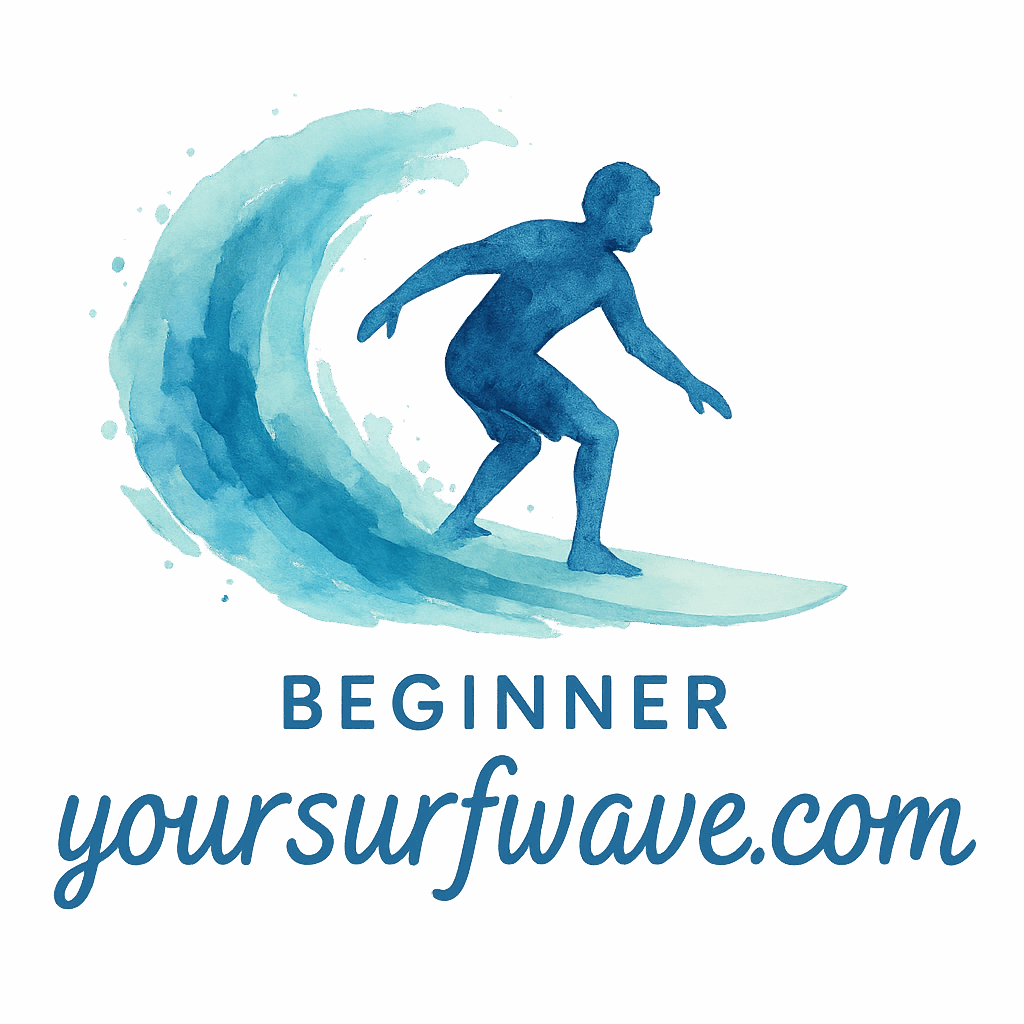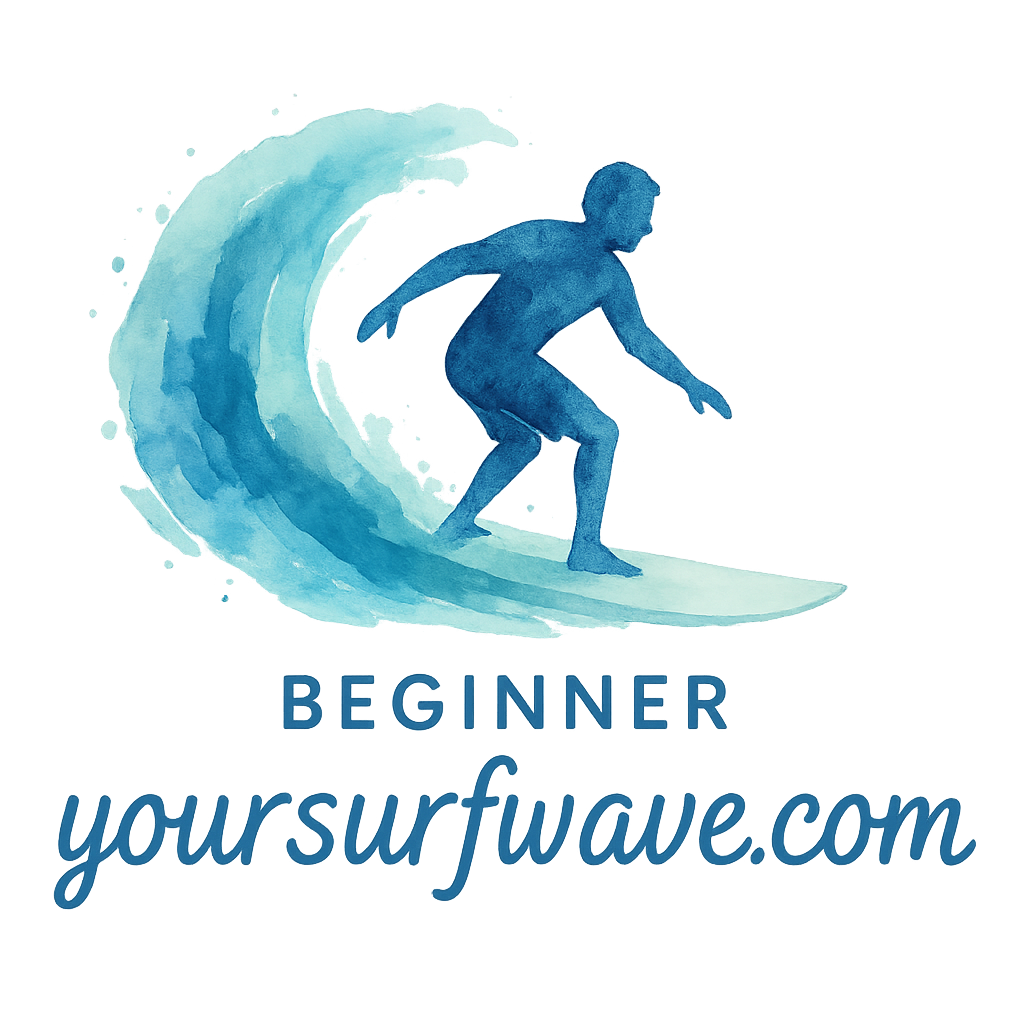Introduction
So, you’re finally ready to ride your first wave? That’s awesome! Surfing is more than just a sport—it’s a way of life. But let’s be honest, while the thrill is real, the risks are too. Whether you’re catching waves in California or dipping your toes into the waters of Bali, safety should always come first. If you’re new to surfing, don’t worry—we’ve got your back with the best beginner advice. This article is packed with practical tips, real talk, and essential safety knowledge. Let’s dive right in.
1. Know Your Surf Spot
Research Before You Paddle Out
Not all beaches are created equal. Before you wax that board and head to the shore, spend some time researching your surf destination. Look for beginner-friendly beaches on the Surf Locations page and check the Surf Destinations tag for detailed guides.
Check Conditions and Weather
You can’t control the ocean, but you can prepare for it. Check the daily surf report, wind conditions, swell size, and tide charts. Apps like Surfline and Magicseaweed make this easy. Avoid surfing during storms or when conditions are too advanced.
Best Beginner-Friendly Spots
Look for sandy-bottom beaches with mellow waves. Avoid reef breaks or spots known for aggressive locals until you gain more experience.
2. Understand Surf Etiquette
Respect the Line-Up
Surfing has its unspoken rules. Respect others in the water by waiting your turn and not paddling around people. The lineup works like a queue—cutting is a no-go.
Don’t Drop In
If someone is already riding a wave, don’t paddle into it. “Dropping in” is not only rude—it’s dangerous. You’ll find more on this topic under the Surf Basics tag.
3. Choose the Right Gear
Beginner Boards Are Your Best Friends
Start with a foam board. It’s bigger, more buoyant, and less likely to hurt you or others. Our Surf Gear section is loaded with guides and Surfboard Reviews tailored for beginners.
Don’t Forget the Leash
The leash keeps your board attached to your ankle. Lose your board in the waves, and you’re left treading water—not ideal for a newbie.
Wear Proper Wetsuits
A good wetsuit protects against cold water, UV rays, and even jellyfish stings. Don’t know what to choose? Check our Beginner Surfboard tag and gear suggestions.
4. Never Surf Alone
Buddy System Saves Lives
Two heads are better than one, especially when you’re out at sea. Bring a friend or join a local surf group.
Learn from More Experienced Surfers
Watch and learn. Observing others can teach you about positioning, timing, and etiquette—things books won’t show you. Browse our Beginner Tips section for solid advice.

5. Check Your Physical Fitness
Strength and Stamina Matter
Surfing demands a lot from your body—paddling, popping up, and holding balance. Work on your upper body strength and core stability.
Try Surf-Specific Workouts
Head to the Surf Fitness page and explore exercises that replicate real surfing motions. We also recommend Home Workouts for days you’re landlocked.
Indoor Alternatives for Practice
Check out Indoor Exercise options like balance boards and yoga. These tools can significantly improve your control and confidence.
6. Warm Up Before Hitting the Waves
Simple Routines for Injury Prevention
A quick warm-up goes a long way. Stretch your arms, legs, and back to prevent cramps and strains. Dynamic stretches are best before surfing.
Mental Focus is Just as Important
Clear your mind. Surfing is as much about mental balance as it is physical. Our Mental Health tag explores the connection between surfing and psychological well-being.
7. Understand Rip Currents and Tides
Learn to Spot and Escape Rip Currents
Rip currents are no joke. They look like calm water but pull you out fast. Swim parallel to the shore to escape—don’t fight it head-on.
Tides Change Fast—Stay Alert
Tide changes can expose rocks or create stronger waves. Keep checking conditions even after you paddle out. Bookmark the Surf Travel tag for safety-focused surf trip planning.
8. Follow Local Rules and Warnings
Lifeguards Are Your Allies
They’re not just there to look good in red trunks. Lifeguards provide crucial info on hazards, safe zones, and current conditions. Always surf near them if possible.
Signage Tells a Story
Warning signs are there for a reason. If you see jellyfish warnings or dangerous current signs—take them seriously.
9. Protect Yourself from the Sun and Ocean Hazards
Sunscreen and Rash Guards Are a Must
Reapply waterproof sunscreen every hour. Rash guards not only block UV but also prevent board rash. Our Surf Lifestyle section offers more health and wellness tips for surfers.
Be Aware of Marine Life
Sharks are rare, but jellyfish, sea urchins, and stingrays aren’t. Shuffle your feet in the water and avoid areas known for hazards.
10. Take Surf Lessons from Certified Instructors
Accelerate Your Progress Safely
There’s no shame in starting with a lesson. Instructors teach you basics, correct bad habits, and keep you safe. Dive into our Learn to Surf tag for the best beginner insights.
Build Confidence Early On
Confidence in the water can be a lifesaver. Lessons help you understand wave dynamics, improve paddling technique, and learn when to bail safely.
Conclusion
Starting your surf journey is one of the most rewarding things you’ll ever do. But don’t let the thrill override safety. Remember, the ocean is powerful—it deserves respect. From choosing the right beach to knowing surf etiquette and understanding rip currents, safety comes down to preparation. Now that you’ve got the tools, go catch your first wave—but do it the smart way. And hey, Your Surf Wave is always here to ride alongside you with tips, gear reviews, and lifestyle advice. See you out there!
FAQs
1. What’s the best board for beginner surfers?
A soft-top foam board around 8-9 feet is ideal. It’s stable, safe, and perfect for learning the basics.
2. Can I surf if I’m not a strong swimmer?
Swimming is essential. If you’re not confident in the water, take swimming lessons first—safety first!
3. Is surfing dangerous for beginners?
It can be if you’re unprepared. Following safety tips like surfing with a buddy, checking conditions, and using proper gear lowers risks significantly.
4. How long does it take to learn to surf?
With regular practice and proper instruction, you can start standing up in just a few sessions. Everyone learns at their own pace!
5. What are rip currents and how do I deal with them?
Rip currents pull water away from shore. Swim parallel to escape, then back to shore when you’re out of the current.
6. Should I wear a wetsuit in warm water?
Maybe not a full wetsuit, but a rash guard is still smart. It offers sun protection and prevents board rash.
7. Where can I find more tips for beginner surfers?
Right here on Your Surf Wave! Check out our Beginner Tips, Surf Gear, and Surf Fitness sections.


